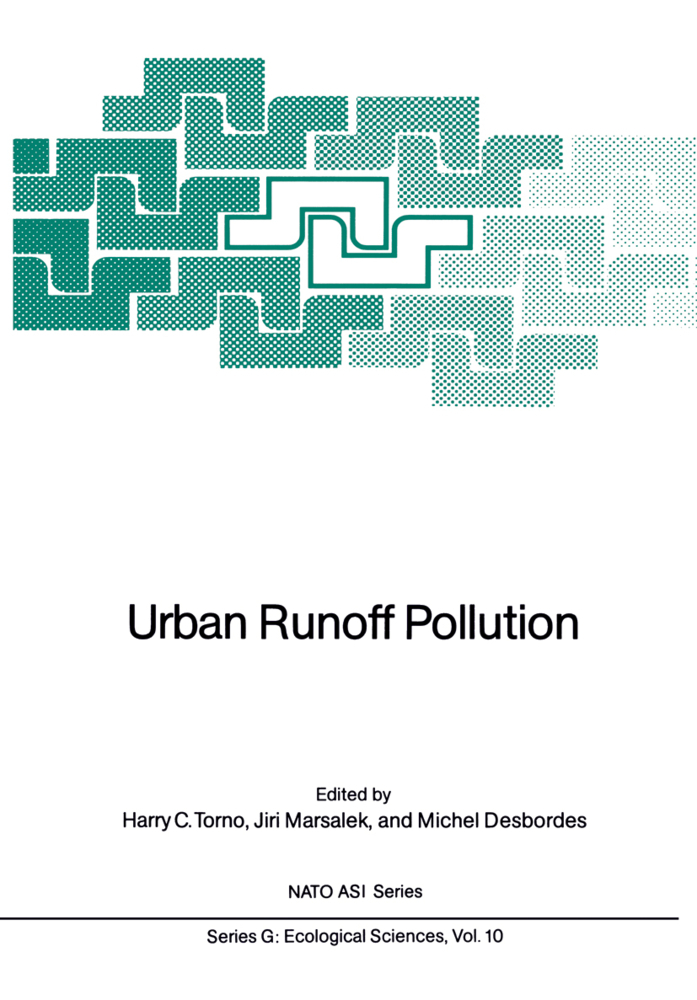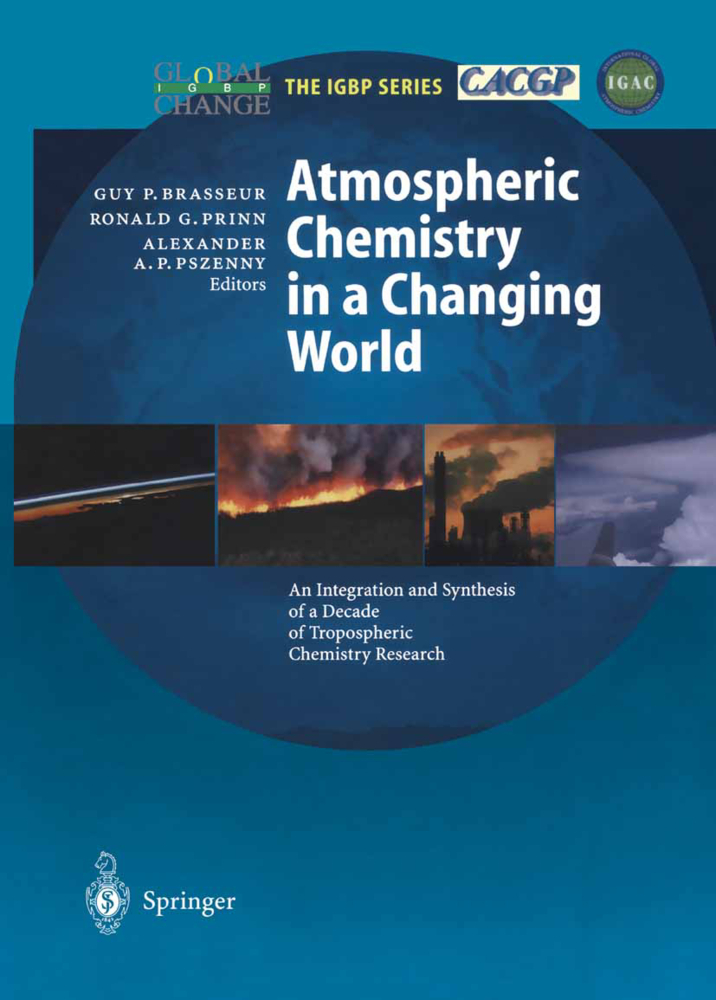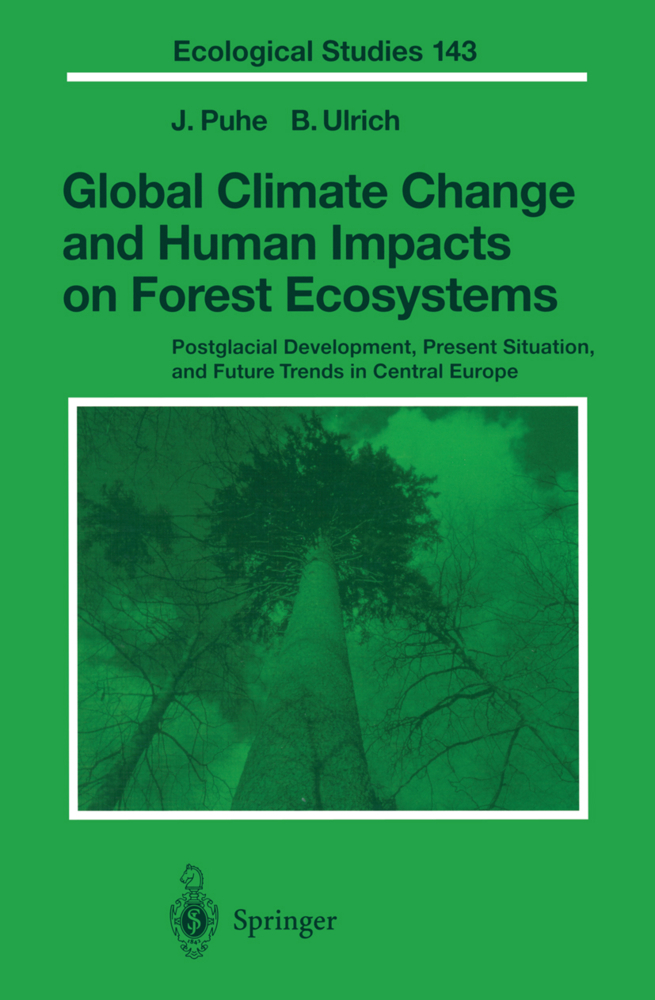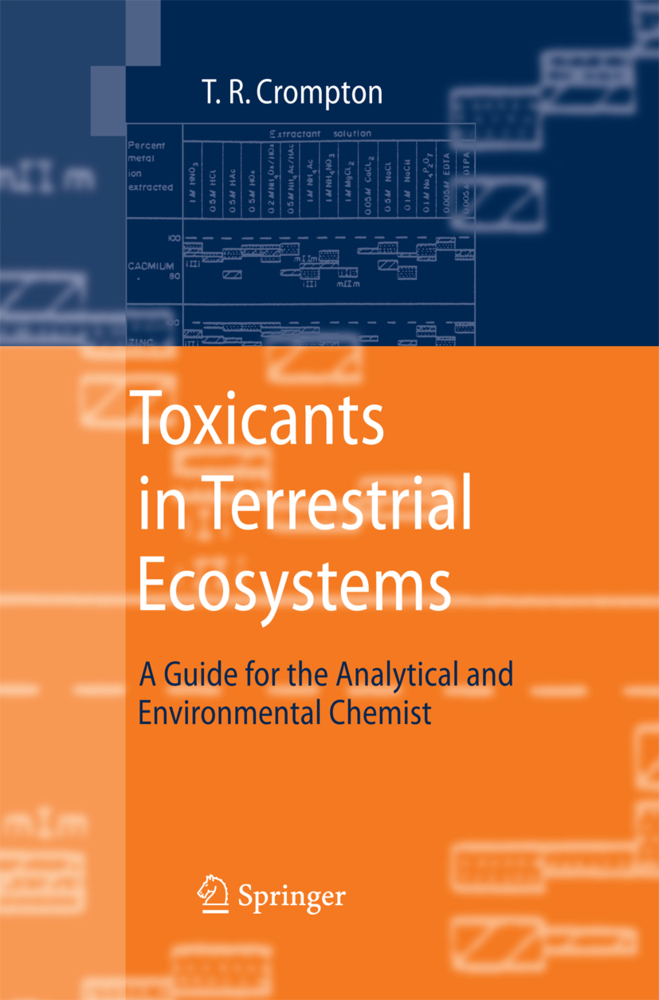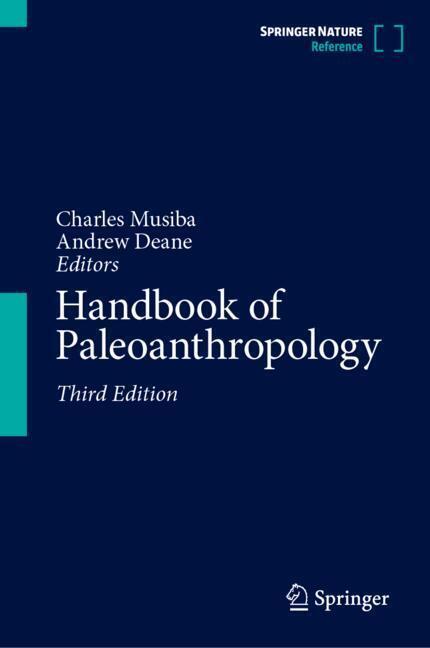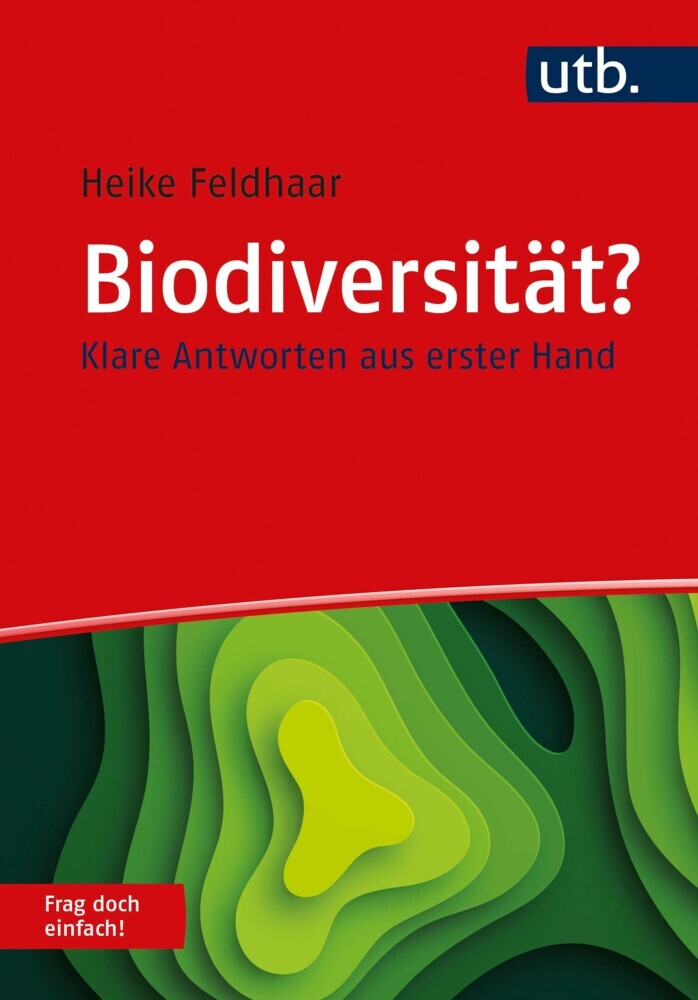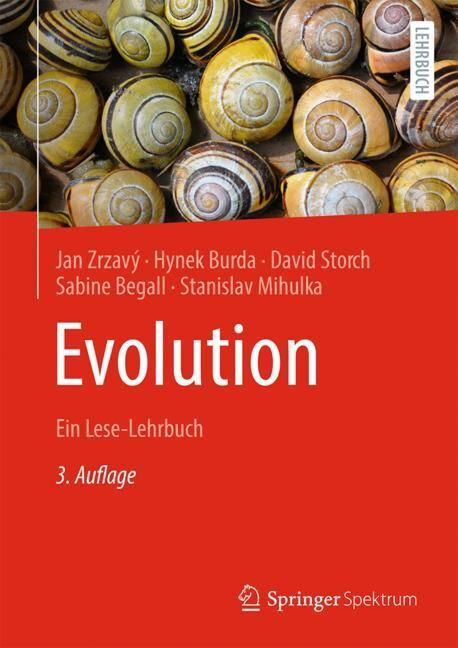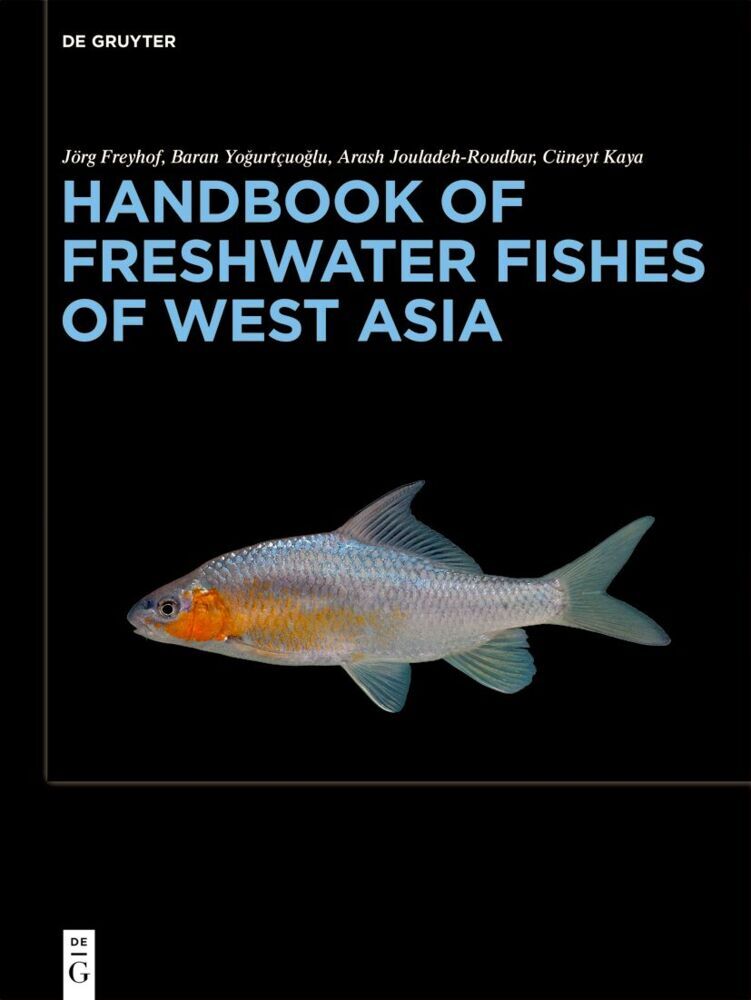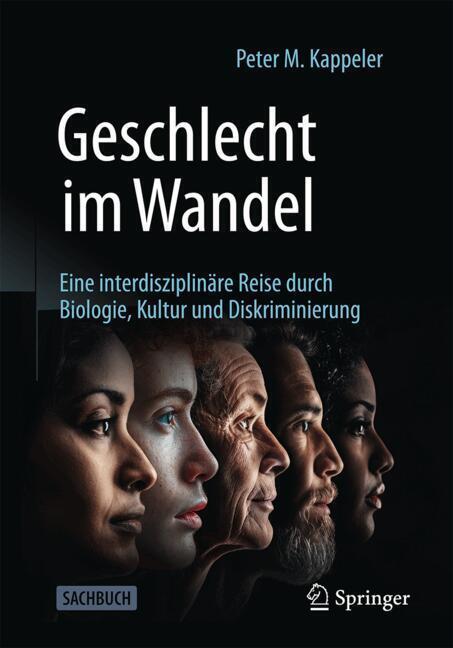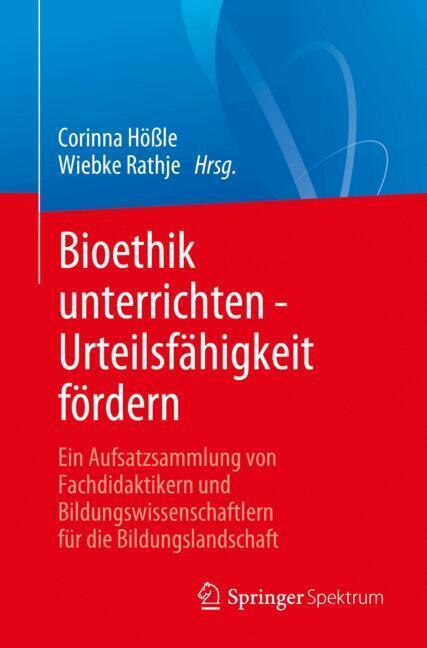Urban Runoff Pollution
Urban Runoff Pollution
In most of the developed countries of the,World, significant efforts to control the pollution of surface waters have been underway for decades, and particularly the last 10-15 years. These efforts have focused mainly on eliminating or mitiga ting the effects of point sources of pollution. In many ca ses, however, it is clear that we have achieved only limited improvement in water quality, and that non-point sources of pollution are going to control any further improvement. It has long been known that urban runoff is a major non-point source, and much research has been done in an attempt to un derstand the mechanisms and processes which govern this source and to reduce or eliminate its impacts. Many urban jurisdic tions have adopted urban runoff pollution control measures, in spite of the fact that there is a great deal that we still do not know, and without really being able to quantify the benefits achieved. A major problem is that while a great deal of work is being done, both in Europe and North America, it is very difficult to keep abreast of new developments. The Urban Water Resources Research Council of the American Society of Civil Engineers has for many years had as one of its major objectives the transfer of urban runoff technology among researchers and practitioners in the field, as well as to those engineers who are not in the forefront but who nonetheless need the information on the latest developments.
Toxic Contaminants in Urban Runoff: A Case Study
Solids, Nutrients and Chlorides in Urban Runoff
Discussion
II Field Studies of Urban Runoff Quality
Field Studies of Urban Runoff Quality
Use of Field Data in Urban Drainage Planning
Design of Data Collection Systems
Data Evaluation in Field Studies of Urban Runoff Quality: Aspects of Assessing the Measurement Interval
Discussion
III Deterministic Modeling of Runoff Processes
Deterministic Modeling of Urban Runoff Quality
Continuous Mass-Balance of Pollutant Build-Up Processes
Discussion
IV Statistically-Based Modeling of Urban Runoff Processes
Statistically Based Modelling of Urban Runoff Quality: State of the Art
A Statistical Methodology for the Assessment of Water Quality Effects of Storm Water Discharges
TSS, BOD5 and COD Accumulation and Transport Over Urban Catchment Surfaces: A Modelling Approach
Discussion
V Conventional Pollutant Impacts on Receiving Waters
Conventional Pollutant Impacts on Receiving Waters
Measured CSO Contribution to River Quality Deterioration and Methodologic Approach for Negative Influence Evaluation
Discussion
VI Toxic Pollutant Impacts on Receiving Waters
Toxic Pollutants: Impact and Fate in Receiving Waters
Aquatic Fate and Transport Modeling Techniques for Predicting Environmental Exposure to Organic Pesticides and Other Toxicants - A Comparative Study
Discussion
VII Receiving Water Modeling
State-of-the-Art, Physically-Based and Statistically-Based Water Quality Modeling
Eutrophication Modelling of Small Urban Lakes
Realistic Water Quality Modeling
Continuous Simulation Models to Evaluate Urban Drainage Impacts in Ontario
Discussion
VIII RunoffQuality Management
Urban Stormwater Runoff Quality Management: Low-Structurally Intensive Measures and Treatment
Structural Measures for Runoff Quality Management
The Swirl Concentrator as an Urban Runoff Treatment Device
A Conceptual Model Optimizing the Maintenance of Grit Chambers in Combined Sewers
Standardization of Detention Pond Design for Phosphorous Removal
Discussion
IX Real-Time Control
Urban Runoff Quality Management by Real-Time Control
Performance of Hardware Components for Real Time Management of Sewer Systems
Operational Algorithms for Application in Real-Time Control of Combined Sewer Systems
Discussion
X Future Research Needs
Future Research Needs
List of Participants
Author Index.
I Pollutional Aspects of Urban Runoff
Pollutional Aspects of Urban RunoffToxic Contaminants in Urban Runoff: A Case Study
Solids, Nutrients and Chlorides in Urban Runoff
Discussion
II Field Studies of Urban Runoff Quality
Field Studies of Urban Runoff Quality
Use of Field Data in Urban Drainage Planning
Design of Data Collection Systems
Data Evaluation in Field Studies of Urban Runoff Quality: Aspects of Assessing the Measurement Interval
Discussion
III Deterministic Modeling of Runoff Processes
Deterministic Modeling of Urban Runoff Quality
Continuous Mass-Balance of Pollutant Build-Up Processes
Discussion
IV Statistically-Based Modeling of Urban Runoff Processes
Statistically Based Modelling of Urban Runoff Quality: State of the Art
A Statistical Methodology for the Assessment of Water Quality Effects of Storm Water Discharges
TSS, BOD5 and COD Accumulation and Transport Over Urban Catchment Surfaces: A Modelling Approach
Discussion
V Conventional Pollutant Impacts on Receiving Waters
Conventional Pollutant Impacts on Receiving Waters
Measured CSO Contribution to River Quality Deterioration and Methodologic Approach for Negative Influence Evaluation
Discussion
VI Toxic Pollutant Impacts on Receiving Waters
Toxic Pollutants: Impact and Fate in Receiving Waters
Aquatic Fate and Transport Modeling Techniques for Predicting Environmental Exposure to Organic Pesticides and Other Toxicants - A Comparative Study
Discussion
VII Receiving Water Modeling
State-of-the-Art, Physically-Based and Statistically-Based Water Quality Modeling
Eutrophication Modelling of Small Urban Lakes
Realistic Water Quality Modeling
Continuous Simulation Models to Evaluate Urban Drainage Impacts in Ontario
Discussion
VIII RunoffQuality Management
Urban Stormwater Runoff Quality Management: Low-Structurally Intensive Measures and Treatment
Structural Measures for Runoff Quality Management
The Swirl Concentrator as an Urban Runoff Treatment Device
A Conceptual Model Optimizing the Maintenance of Grit Chambers in Combined Sewers
Standardization of Detention Pond Design for Phosphorous Removal
Discussion
IX Real-Time Control
Urban Runoff Quality Management by Real-Time Control
Performance of Hardware Components for Real Time Management of Sewer Systems
Operational Algorithms for Application in Real-Time Control of Combined Sewer Systems
Discussion
X Future Research Needs
Future Research Needs
List of Participants
Author Index.
Torno, Harry C.
Marsalek, Jiri
Desbordes, Michel
| ISBN | 9783642708916 |
|---|---|
| Artikelnummer | 9783642708916 |
| Medientyp | Buch |
| Copyrightjahr | 2011 |
| Verlag | Springer, Berlin |
| Umfang | 896 Seiten |
| Abbildungen | XII, 896 p. |
| Sprache | Englisch |

